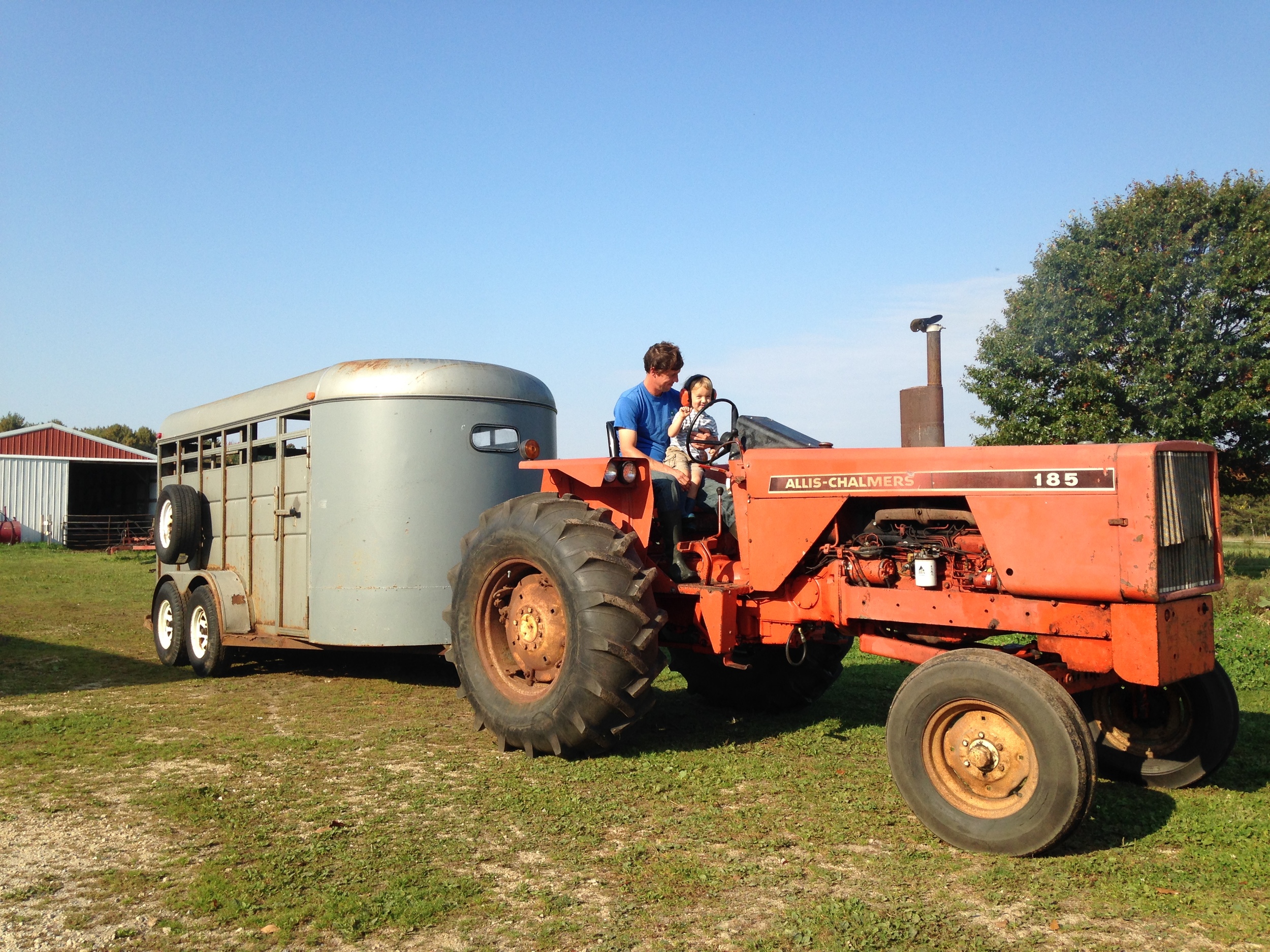While home for the holidays this year, I was lucky enough to spend some time with my little sister, who I hadn’t seen in over a year. She lives out in Washington, and I have yet to make it out west to visit the area of the country she has called home for almost three years now. She’s a botanist, combating invasive species and restoring salmon habitat for the Quinault Indian Nation on the Olympic Peninsula. She’s spent her years since college working on native species conservation in various places, and she’s been trying to encourage the local conservation efforts to include more native plants in utilitarian roles. When we walk in the local forest preserve or drive by wooded lots, her trained eye sees which plants belong in the restored prairie, how drastically they are thinning oak stands, and how many invasive grasses went to seed last year. The rest of us just see brown stuff poking through the snow. Spending time outside with my favorite botanist makes me think about how differently the two of us might approach the same piece of land if given the chance.
It reminded me of a book I read a few months ago, Steven Apfelbaum’s Nature’s Second Chance: Restoring the Ecology of Stone Prairie Farm. Apfelbaum is an ecologist who bought a farm in Wisconsin as a young man and spent the next few decades restoring it to a non-agricultural oasis of native plants and animal habitats. He touts his farm as an example of how a little hard work and ingenuity can take a piece of land out of the destructive treadmill of conventional annual agriculture while still supporting a family economically. He grows food for his family on a small garden plot, sells native plant seeds harvested from his land, and the ecological consulting company he started back in the 70s when he moved to Brodhead has grown enough to employ dozens of people in five offices across the country. They provide ecological consultations to people and companies faced with land-use decisions, backed by highly educated scientists and dedicated to mitigating the harm caused by development and other changes to the landscape. His book, while interesting in its own right, seems to discount any need for agriculture at all. He rightly despairs at the chemical farming of his neighbors, but somehow seems to think that his quarter acre vegetable plot is the answer. I’m not one to begrudge anyone a garden, but restoring prairies and wetlands across the rolling hills of Wisconsin is not going to feed anyone but the birds.
On the other end of the same side of the spectrum (and about two hours northwest) lies another Wisconsin evangelist I’ve written about before, Mark Shepard. Just like my sister and I, these two men are united in their hatred of conventional chemical agriculture, but divided in how to address it. Shepard advocates going cold-turkey on monocultures of all kinds - beans, grains, fruit, vegetables, conventional and organic. In his estimation, the only responsible way to feed the world is through diversified perennial ecosystems using a permaculture model. Permaculturists, among other things, advocate for mixed plantings of edible and otherwise useful plants, minimizing soil disturbance while maximizing layers of food production. Permaculture in general, and Shepard’s Restoration Agriculture in particular often advocates using exotic edible plants. Shepard aims to recreate the oak savannas of the pre-historic midwest more by analogy than by strict restoration. The American Chestnut has all but succumbed to blight, so why not breed a new American chestnut using genetics from Asian varieties? Sounds perfectly reasonable. What worries me about permaculture (in my relatively uneducated view) is the fine line between “hardy perennial” and “wildly invasive species.” There is a long history of well-intentioned people introducing species for utilitarian reasons that end up becoming out of control invasives. My sister specifically mentioned reed canarygrass as an example of a plant used widely by the Department of Transportation and other government agencies to control erosion that is now choking out biodiversity in wetlands across the country. Permaculture is not definitionally dedicated to native species, but to mimicking natural systems to produce as much food, fuel, and fiber with the least disruption of the soil structure and the maximum use of water and other natural resources. Rather than preserving individually threatened species, permaculture seeks to preserve regenerative landscapes that feed people and the soil. At what cost? Why should we worry about saving native plants? If a plant is useful, who cares if it spreads rapidly?
I’m not well-versed enough in either ecology or permaculture to answer these questions with much authority, but it seems to be that these two approaches don’t necessarily need to be opposing forces. Right now, practitioners of both approaches to sustainability have so far to go against the destructive mainstream that no breath need be wasted on in-fighting. I think we can all agree that any loss to genetic diversity is a loss to us all. Similarly, even the most small-scale gardener will concede that care must be taken in planting the hardiest of perennials (e.g. nobody has a “little bit” of mint for long). Conservationists are doing us all a great service in preserving as much genetic diversity as possible, and as long as we food-growers don’t actively negate their work by irresponsible use of quick-spreading exotics, there is not reason that we can’t all work together to push back the destructive forces of large-scale chemical agriculture inch by inch and acre by acre.



























